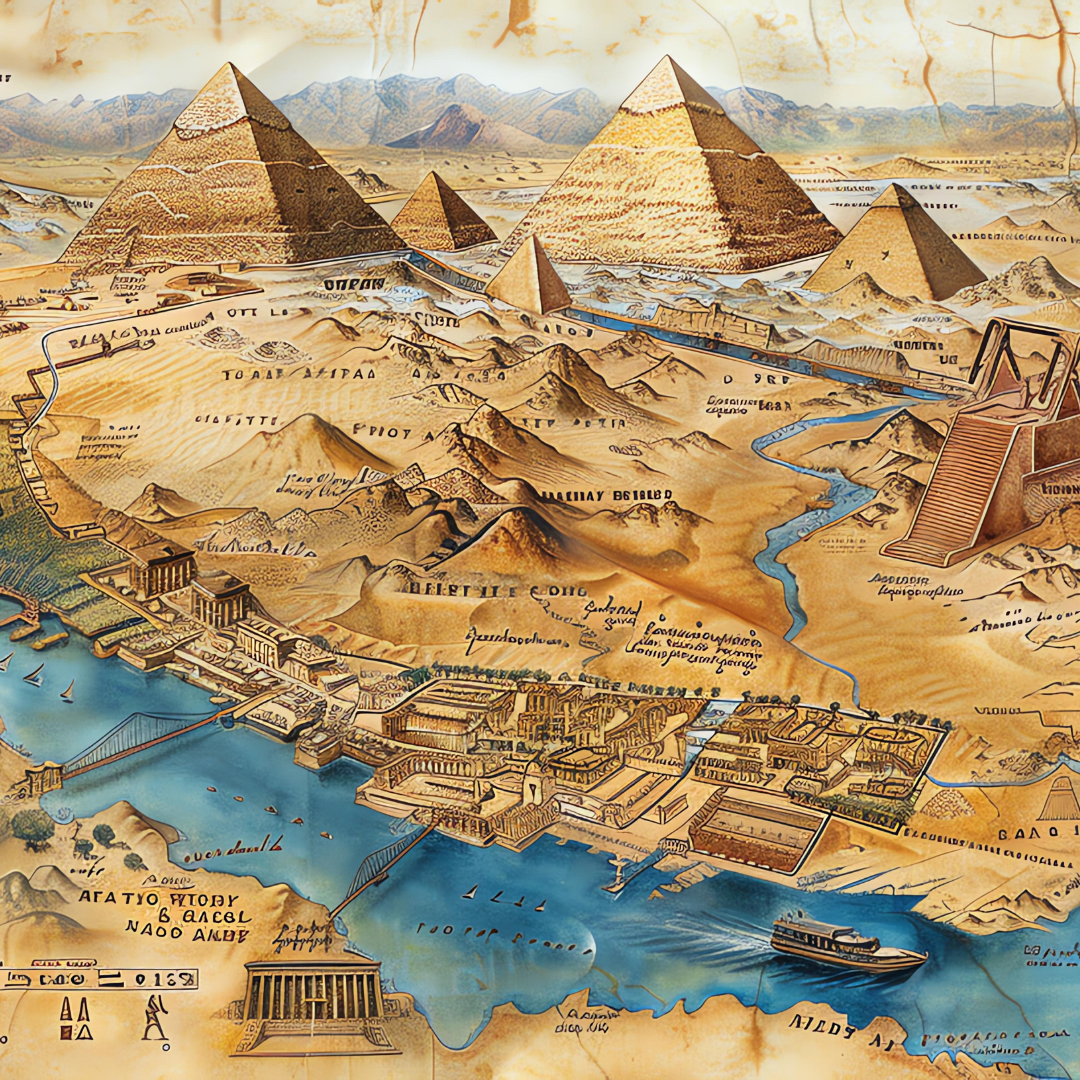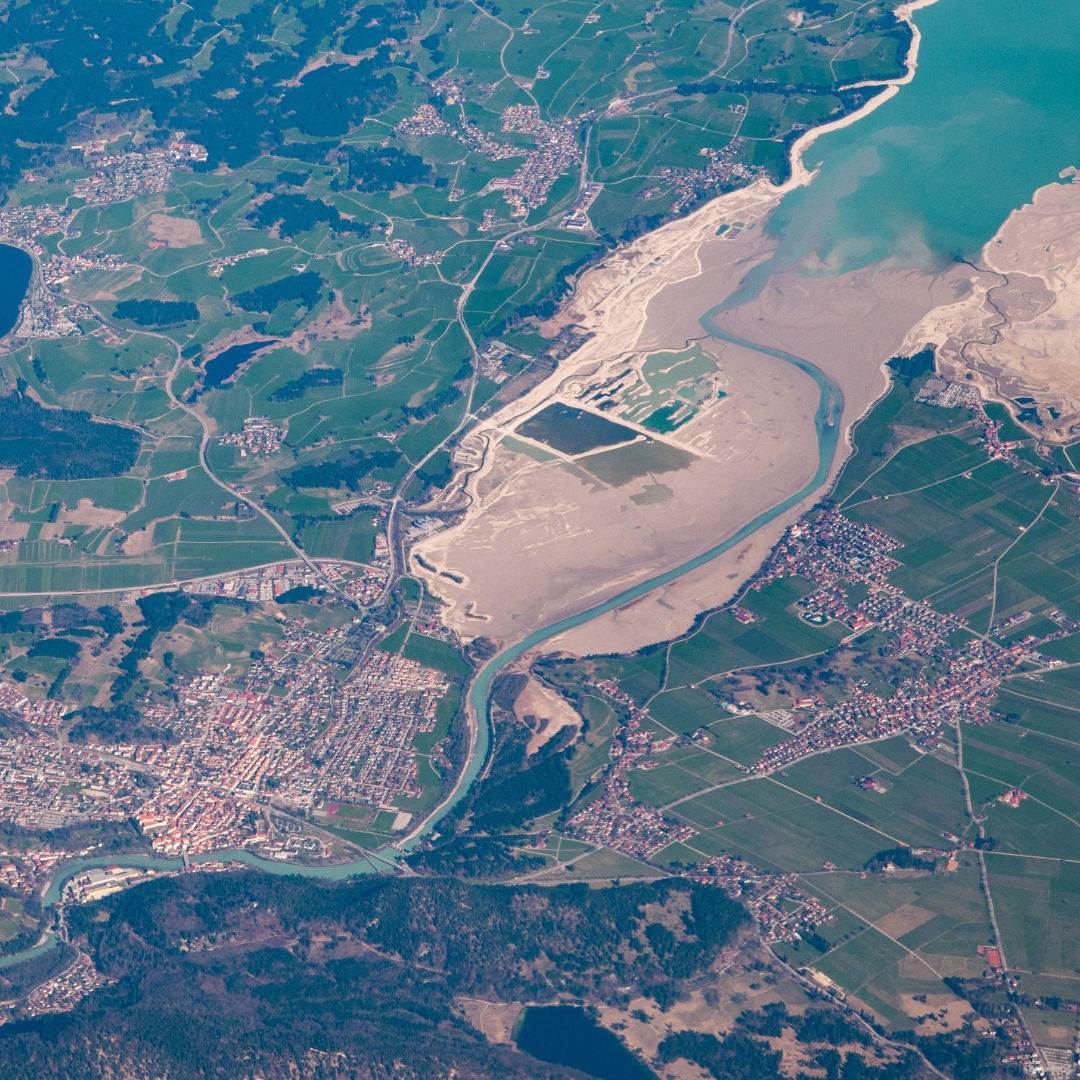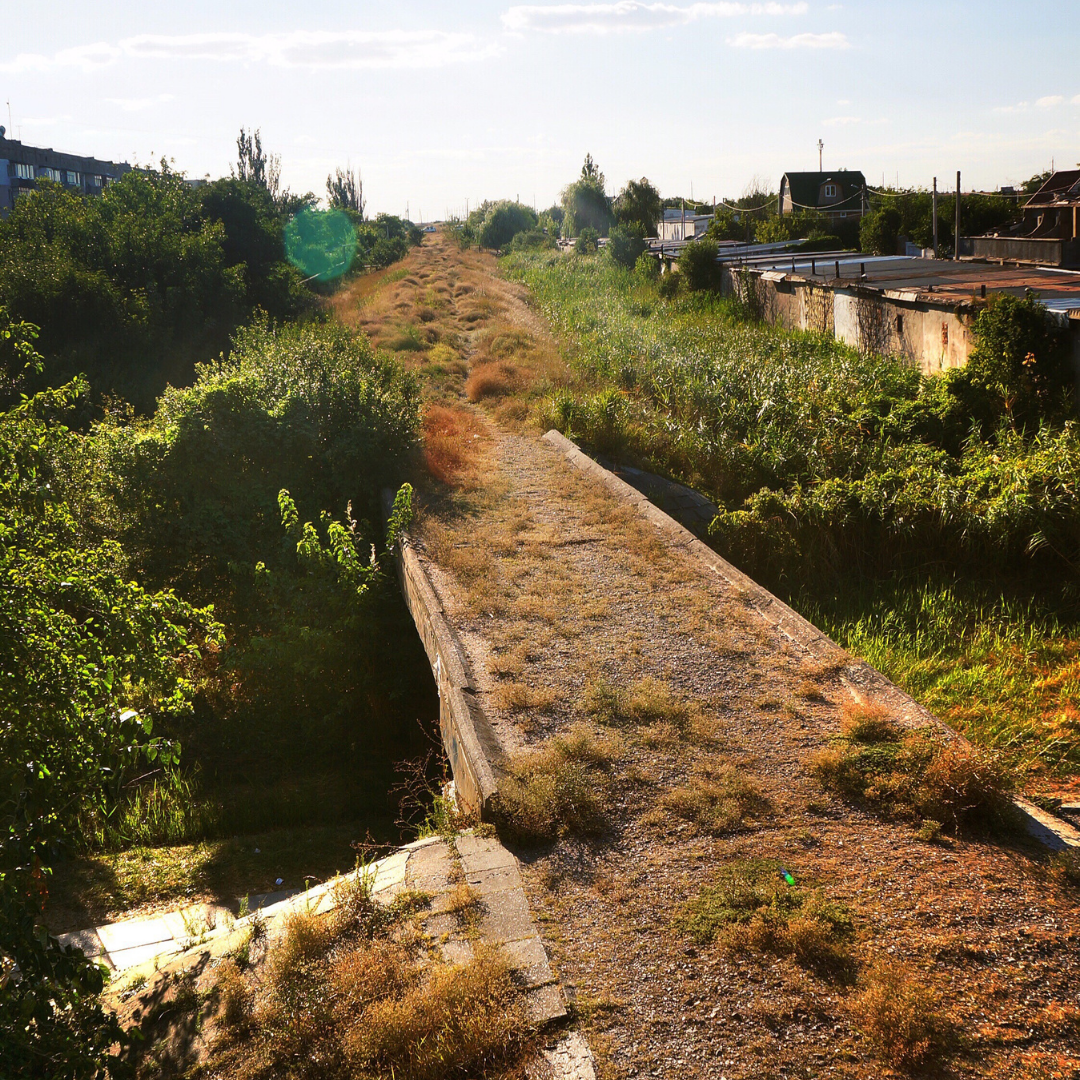Desertification is one of the biggest environmental crises facing Egypt and the Arab world. Desertification is defined as the degradation of land in arid and semi-arid regions, resulting from natural or human-caused factors. In Egypt, desertification covers more than 901 TP3T of the country's land area, directly impacting food security and sustainable development.
The most prominent natural causes of desertification in Egypt include low rainfall, high temperatures, and strong winds that contribute to soil erosion. Human factors include overgrazing, clearing of vegetation, unplanned urban expansion, and poor management of water resources.
The areas most affected by desertification are the governorates of North Sinai, Matrouh, the New Valley, and parts of Upper Egypt. Desertification leads to decreased soil fertility, a decline in agricultural production, population displacement from degraded areas, and increased poverty and unemployment rates.
To combat this phenomenon, several environmental and technological solutions can be adopted, such as:
-
Afforestation of marginal areas with drought-resistant plants
-
Use of water harvesting techniques such as earthen tanks
-
Adopting sustainable agricultural systems
-
Raising environmental awareness in rural communities
-
Introducing support policies for affected farmers
GIS also plays a pivotal role in tracking sand encroachment and identifying areas vulnerable to desertification, which aids in good planning and early intervention.
Desertification is not just a loss of land; it is a direct threat to economic and social stability, and we must confront it with a scientific vision and effective community partnership.














